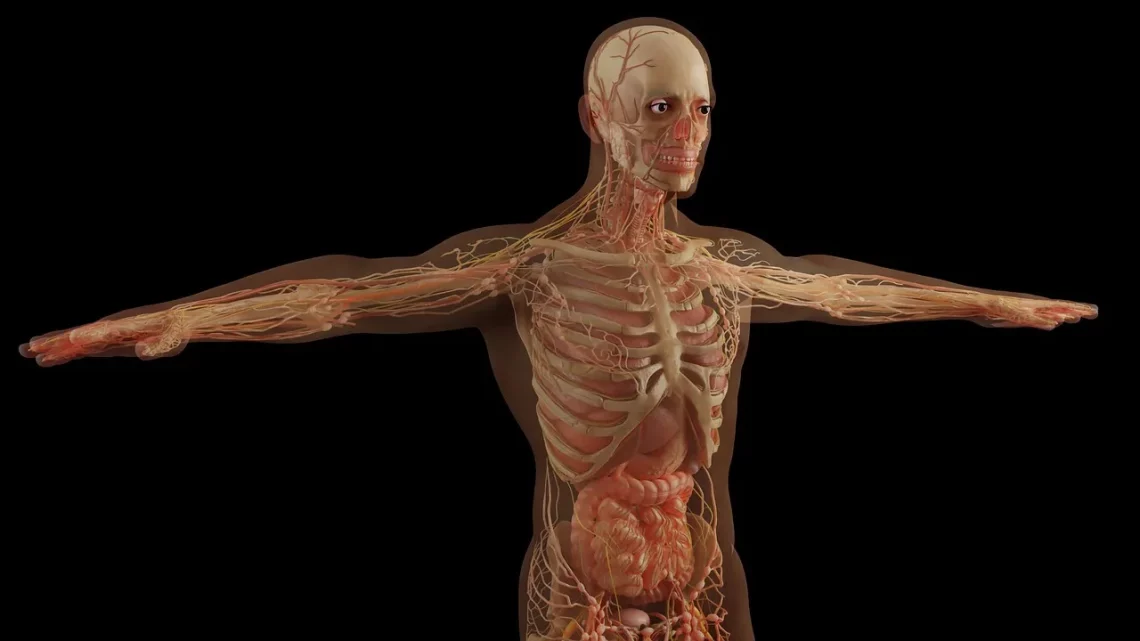
Understanding Close Nipple Anatomy and Its Implications for Health
Understanding the intricate anatomy of the human body is essential for appreciating the various physiological features that contribute to our overall health. Among these, the anatomy of the nipple, specifically the close nipple configuration, plays a significant role in both aesthetic considerations and potential health implications. This unique anatomical feature can influence a range of factors, from breastfeeding to the experience of certain medical conditions.
Close nipple anatomy can evoke curiosity and concern, especially when discussing its implications for individuals’ health. Understanding these aspects can empower individuals to make informed choices regarding their health and wellness. Furthermore, it can help in demystifying common misconceptions surrounding nipple anatomy and its potential effects on physical development and reproductive health.
This exploration of close nipple anatomy not only highlights the biological significance of this body part but also serves as a reminder of the complexity and diversity inherent in human anatomy. Embracing this diversity can foster a more inclusive dialogue about body image and health, encouraging individuals to appreciate their bodies in all their variations.
Understanding Nipple Anatomy: A Closer Look
The nipple is a vital part of the human anatomy, situated at the center of the breast. In both males and females, it consists of several layers, including the epidermis, dermis, and subcutaneous tissues, along with muscular fibers that allow for contraction. The structure of the nipple is essential for its function, especially in lactation.
In females, the nipple contains numerous milk ducts that facilitate breastfeeding. The close nipple configuration refers to a situation where the distance between the two nipples is smaller than average. This anatomical variation can occur due to genetic factors, hormonal influences during puberty, or other developmental processes. While the arrangement might be purely cosmetic for some, it can have implications for breastfeeding and overall breast health.
Moreover, the nipple’s sensitivity is another crucial aspect of its anatomy. It is densely packed with nerve endings, making it responsive to touch and stimulation. This sensitivity not only plays a role in sexual arousal but also in the breastfeeding process, where stimulation triggers the release of hormones that aid in milk production.
Understanding this anatomy helps demystify the various functions and roles the nipple plays in both males and females. While often overlooked, the nipple’s importance in health and reproduction cannot be understated, as it is integral to both physiological and emotional aspects of human experience.
The Role of Close Nipple Anatomy in Breastfeeding
Breastfeeding is a natural process that provides essential nutrients to infants while fostering a bond between mother and child. The anatomy of the nipple, including its size and shape, can significantly influence a mother’s ability to breastfeed successfully. For mothers with closely positioned nipples, some challenges may arise during the breastfeeding journey.
Close nipple anatomy can sometimes lead to difficulties in latching for the infant. A proper latch is crucial for effective breastfeeding, as it allows the baby to extract milk efficiently. If the nipples are too close together, it may be harder for the baby to latch on properly, potentially leading to frustration for both the mother and the child.
However, with the right techniques and support, mothers with closely positioned nipples can still successfully breastfeed. Lactation consultants can provide guidance on various positions and latching techniques that can accommodate this anatomical feature. It is essential for mothers to have access to resources and support during this time to ensure both their comfort and the baby’s nutritional needs are met.
Additionally, understanding the importance of nipple anatomy in breastfeeding can help mothers prepare for any potential challenges. By being informed, they can take proactive steps to address issues, whether through consulting healthcare professionals or seeking peer support from other breastfeeding mothers.
Ultimately, the close nipple arrangement does not preclude the possibility of successful breastfeeding. With the right knowledge and support, mothers can navigate these challenges to provide the best for their infants while embracing their unique anatomy.
Potential Health Implications of Close Nipple Anatomy
While close nipple anatomy is often a benign variation, it can, in some cases, be associated with specific health concerns. Understanding these implications is crucial for individuals who may experience related symptoms or changes in their breast health.
One potential issue that can arise is the increased risk of conditions such as mastitis or clogged ducts. Close proximity of the nipples can sometimes lead to less effective drainage of milk, which could increase the likelihood of these conditions in breastfeeding mothers. Mastitis, an infection of the breast tissue, can cause pain, swelling, and redness, necessitating prompt medical attention.
Furthermore, individuals with closely positioned nipples may be more prone to certain types of breast asymmetry. This asymmetry can lead to psychological impacts, particularly in adolescents who are navigating body image concerns. It is important for them to receive support and understanding during this developmental phase to foster a positive self-image.
In some cases, close nipple anatomy may also be associated with hormonal imbalances or genetic conditions. While these instances are relatively rare, they can warrant further investigation by a healthcare professional. Individuals experiencing unusual changes in their breast tissue or nipple appearance should consult with a healthcare provider to rule out any underlying health issues.
Awareness of these potential health implications allows individuals to be proactive about their breast health. Regular self-examinations and consultations with healthcare providers can help in early detection of any concerns, leading to better outcomes overall.
Embracing Body Diversity: The Psychological Impact of Nipple Anatomy
Body image and self-acceptance are crucial aspects of mental health, particularly during formative years. The anatomy of the nipple, including variations such as close nipple configurations, can impact how individuals perceive themselves and their bodies.
In a society that often emphasizes specific beauty standards, individuals with non-standard nipple anatomy may feel self-conscious or face stigma. This can lead to negative body image, affecting self-esteem and overall mental health. It is essential to foster a culture of acceptance and appreciation for diversity in body shapes and sizes.
Education plays a vital role in combating stigma and encouraging body positivity. By understanding that nipple anatomy can vary widely and that such variations are normal, individuals can begin to embrace their unique features. Support groups, educational workshops, and open dialogues can help shift perceptions and promote a more inclusive view of body image.
Moreover, creating a supportive environment where individuals feel comfortable discussing their concerns about body image can lead to healthier attitudes toward their bodies. Encouragement from peers, family, and healthcare providers can significantly impact an individual’s ability to accept their anatomy.
Ultimately, embracing body diversity, including variations like close nipple anatomy, is essential for fostering a culture of acceptance and self-love. By celebrating differences, individuals can cultivate a more positive relationship with their bodies and improve their overall mental health and well-being.
**Disclaimer: This article is for informational purposes only and is not intended as medical advice. For any health concerns or questions regarding your health, please consult a qualified healthcare professional.**




